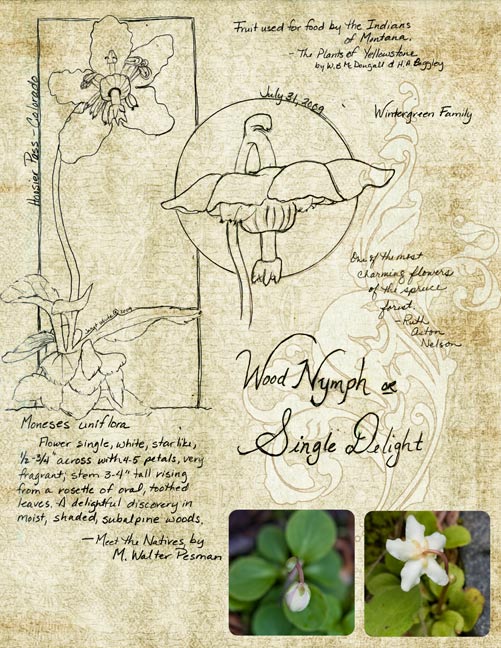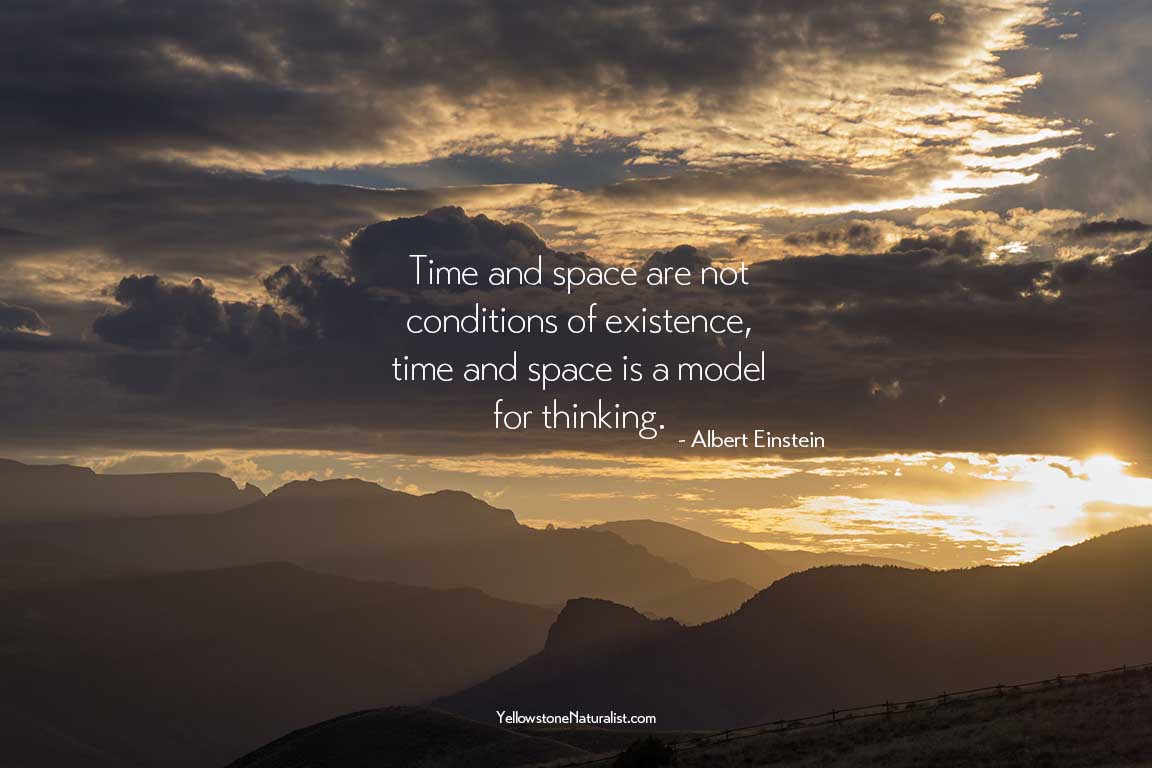Using photos in your field journal
Most advice you get on keeping a field journal encourages you to sketch instead of just taking photos. It’s a valid argument that I also generally agree with, but honestly, I do not practice. In this post, I want to share with you why taking advantage of technology can be equally as good as sketching – if you approach it correctly. There are multiple right answers here.
This post may contain affiliate links. That means that if you follow a link and make a purchase, I receive a small portion of that purchase at no extra cost to you.
Why sketching works
One of the main reasons sketching is so effective in field journaling is that it forces you to pause and notice the details of the subject of your observations. This tried-and-true method works. When you take the time to look at a flower with the intention to draw it, you start to look at angles, spatial relationships between leaves, and small details you want to include.
I honestly love to sketch – but what holds me back from doing more of that is the amount of time it takes. Granted, I could get faster at it, but I adore the details and get lost in there. I dabble in botanical illustration. Yet I hold myself back from that hobby simply because getting lost in the details pulls me down that rabbit hole, and other work doesn’t get done.
Photography and your field journals
There is a valid argument that people won’t pay as close attention to the photos they take. That is often the case. However, I believe there is a way to approach your photos for effective field journaling. The answer is the same for sketching: give yourself time with the subjects.
For years, I’ve incorporated more photos and words than sketches. I know photos capture the details I would want to have in a sketch – likely more with more accuracy. Using pictures in my field journals, in large part, is due to my deep interest in the thermal features in Yellowstone. There are so many of them, and the time it takes to record them is enormous. Taking the photos isn’t hard, but wrangling them into place and pairing them with field notes takes more effort. But that’s where the magic lies for me.
Using photos effectively
To use your photos as effectively as a sketch, you need to give them time. Allow the time to zoom in to 100% and thoroughly soak in the details—process images with your notes taken in the field next to you. Give yourself the space to revisit the moment in time captured by the camera. With this added attention, questions will arise, insights and connections will show, and studying the photos will give a similar depth as found when sketching.
While I can process an image in a minute or two most of the time, I give myself the luxury of another 3-10 minutes, just appreciating the photo. This time allows me to find more details I briefly noted in the field or ones I completely overlooked. Video can work the same way. The main thing to remember is to give yourself time – don’t rush the process.
In conclusion
Yes, photos most definitely can be used in your field journals. If you can manage both – that’s ideal. But in the end, it’s not about whether you sketch with a pencil or shoot with a camera. It’s about the time and space you give to the subject of your field journal.
Be Outside • Take Notes
AFFILIATE LINKS
This site contains affiliate links. If you click on a link and make a purchase, I receive a small portion of that sale at no extra cost to you. Your purchases help to keep this site in development.
SHOP ON AMAZON
GET MORE NEWS AND ANNOUNCEMENTS
Sign up for the Yellowstone Naturalist Newsletter

